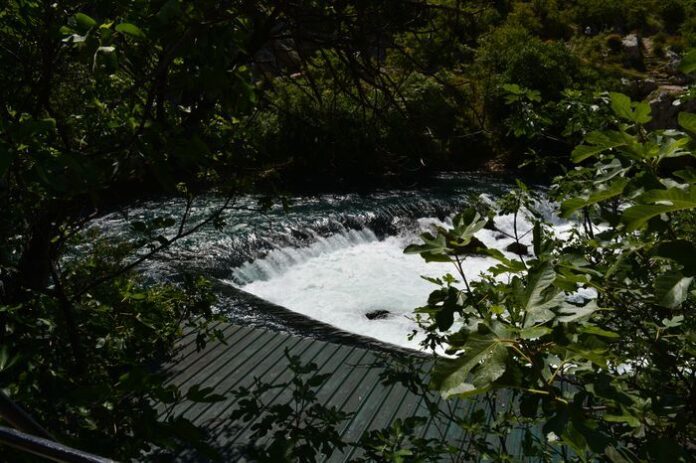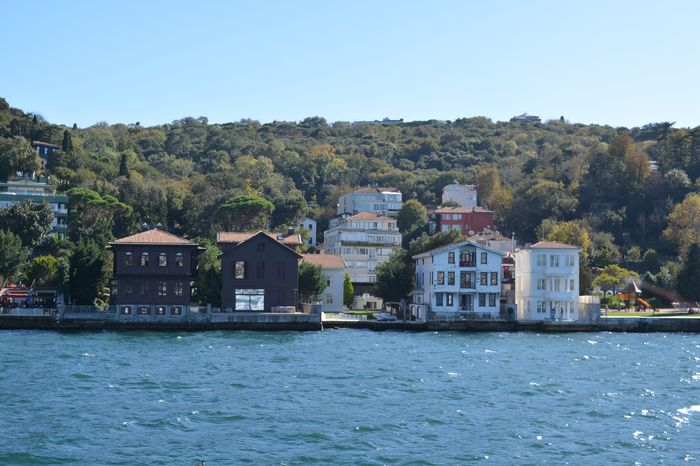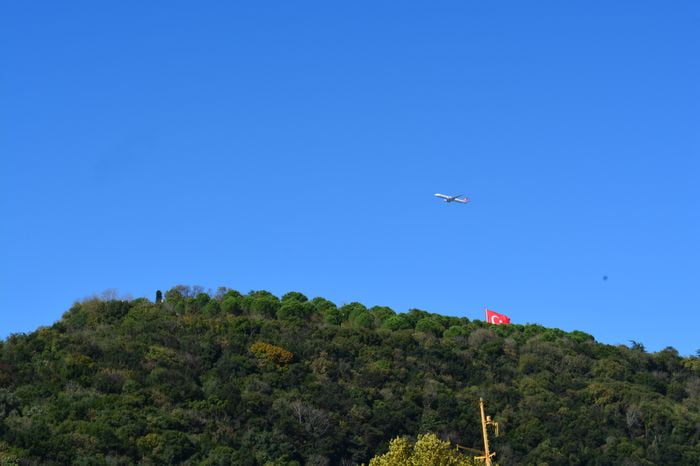The Fortifications on the North-Western Side of the City Before the Seventh Century
The Theodosian Walls, which were the main defenses of Constantinople, end abruptly at the Gate of the Xylokerkus (also known as the Kerko Porta). From this point, the city’s defense continued towards the Golden Horn with additional fortifications. However, these new walls did not exist before the seventh century Customized Daily Istanbul Tours.
The Structure of the Walls
For most of their length, the fortifications consisted of a single wall. These walls did not have a moat. However, in areas where the walls were built on level ground, particularly near the water, the walls were made double-layered. This double wall was once protected by a moat and formed a citadel at the north-western corner of the city.
Different Periods of Construction
There is a common belief that the walls from Kerko Porta to the Golden Horn were all built by Emperor Heraclius. However, this view is incorrect, both historically and in terms of the construction styles of the walls. In reality, the fortifications in this area were built in at least three different periods:
The Wall of Heraclius: Constructed during the reign of Emperor Heraclius.
The Wall of Leo: Built by Emperor Leo the Armenian A Misunderstanding About the Monastery.
The Wall of Manuel Comnenus: Constructed during the reign of Emperor Manuel I Comnenus.
Interestingly, the Wall of Manuel Comnenus, though the newest, is located first along the route. It separates the Theodosian Walls from the older walls built by Heraclius and Leo. This shows that the fortifications along this stretch were built in layers over time, each new wall added on top of the older ones.
Defending the City Before the Walls Were Built
An important question arises: If the walls from the Kerko Porta to the Golden Horn were only built in the seventh, ninth, and eleventh centuries, how was the city defended before these fortifications were constructed?
Two possible answers to this question have been suggested:
Prolongation of the Theodosian Walls: One theory suggests that the Theodosian Walls, which were strong and extensive, were extended in some form to cover the north-western side of the city.
Unclear Path to the Golden Horn: The second answer is less clear but suggests that the direction in which the walls were extended down to the Golden Horn could have varied, based on the needs of the city at the time.
While both answers agree that the Theodosian Walls were the foundation for the city’s defense on the north-western side, the exact route and structure of the walls leading to the Golden Horn remain a subject of debate.
The fortifications on the north-western side of Constantinople were not built all at once. Instead, they were the result of several stages of construction, with walls built by different emperors at different times. These fortifications played a crucial role in defending the city from enemies, and their history shows how the city’s defense evolved over the centuries.







